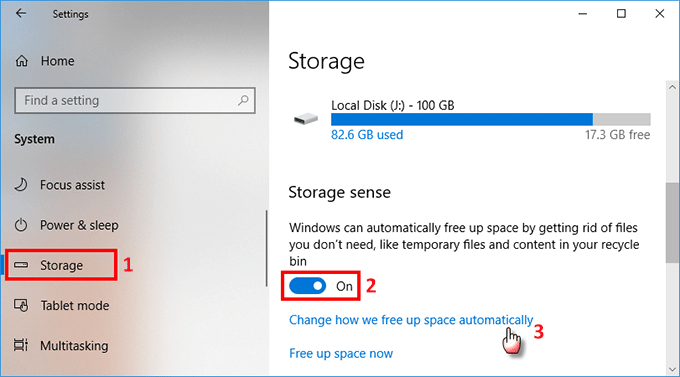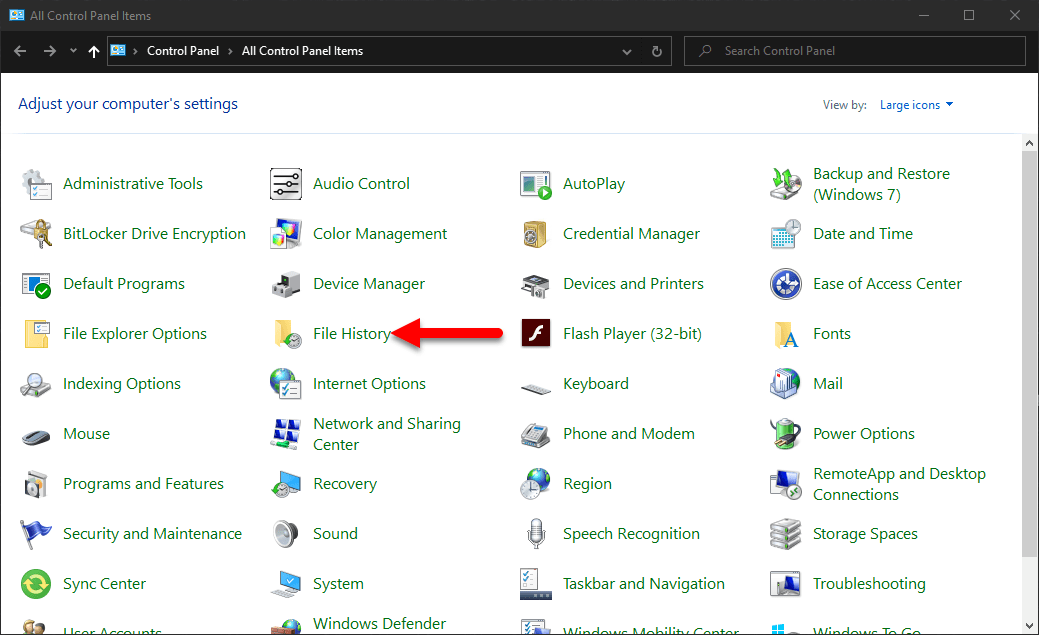
 Release your mouse button and the text you’ve selected will be highlighted:. Hold down your cursor and drag it over the desired text:. Once the Highlight toolbar appears, you can start highlighting text. Click on the color circle in the toolbar to select your highlighter color. Once you’ve clicked on Highlight, the following toolbar will appear underneath the row of COMMENT tools: Select Highlight from the row that appears underneath COMMENT. So, if you highlight only certain words or phrases within a paragraph, each highlighted area will count as a separate entity.įor that reason, we recommend highlighting all related content in a paragraph at once.įirst, you need to know how to access & where to find the Highlight tool. Highlight one file and press F2 on your keyboard to rename it and add the ‘.jpg’ extension at the end.Īfter renaming the file and adding ‘.jpg’ at the end of it, you should be able to double-click the file to open it in Windows Photos or your preferred image viewer.Highlighting text will add an annotation element to the document. Navigate to the directory where you pasted the files. Copy the selected files to your desktop or another folder on your PC.
Release your mouse button and the text you’ve selected will be highlighted:. Hold down your cursor and drag it over the desired text:. Once the Highlight toolbar appears, you can start highlighting text. Click on the color circle in the toolbar to select your highlighter color. Once you’ve clicked on Highlight, the following toolbar will appear underneath the row of COMMENT tools: Select Highlight from the row that appears underneath COMMENT. So, if you highlight only certain words or phrases within a paragraph, each highlighted area will count as a separate entity.įor that reason, we recommend highlighting all related content in a paragraph at once.įirst, you need to know how to access & where to find the Highlight tool. Highlight one file and press F2 on your keyboard to rename it and add the ‘.jpg’ extension at the end.Īfter renaming the file and adding ‘.jpg’ at the end of it, you should be able to double-click the file to open it in Windows Photos or your preferred image viewer.Highlighting text will add an annotation element to the document. Navigate to the directory where you pasted the files. Copy the selected files to your desktop or another folder on your PC.  Select one or two of the files with the larger file sizes (typically higher than 400KB.). The files are JPEG images with unique names. Now, we just need to make sense out of this mess of data that you just found. Make sure the Size column is enabled to help you identify the correct images. Here’s how to identify the right wallpaper files. These are typically the images with the largest file sizes.
Select one or two of the files with the larger file sizes (typically higher than 400KB.). The files are JPEG images with unique names. Now, we just need to make sense out of this mess of data that you just found. Make sure the Size column is enabled to help you identify the correct images. Here’s how to identify the right wallpaper files. These are typically the images with the largest file sizes. 

If you’re planning to use any of the Windows Spotlight images on your desktop PC or laptop, you’ll want the desktop-sized versions of these images. These files are your Windows Spotlight lock screen images, listed in a variety of sizes and formats.
In File Explorer, navigate to: This PC > C: > Users > AppData > Local > Packages > _cw5n1h2txyewy > LocalState > Assets.Īt this point, you should see an Assets folder with a whole bunch of files without any file extensions. Click Apply to save the change, then click OK to close the Folder Options window. In the Advanced Settings list, click the button labeled Show hidden files, folders, and drives. In the Folder Options window that appears, select the View tab. Find and click Options on the far right of File Explorer’s ribbon toolbar (you may need to adjust the size of File Explorer to see it). Open File Explorer and click the View tab.












